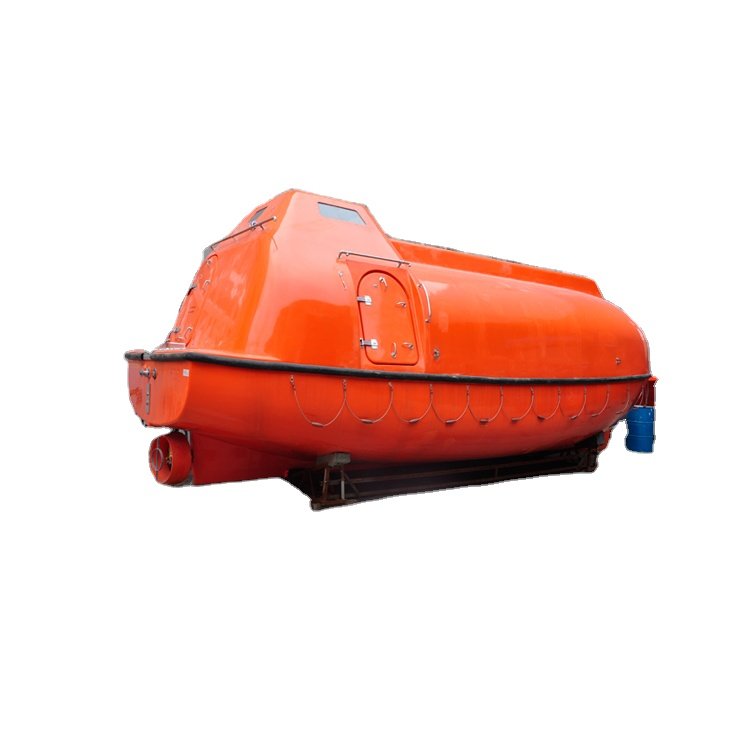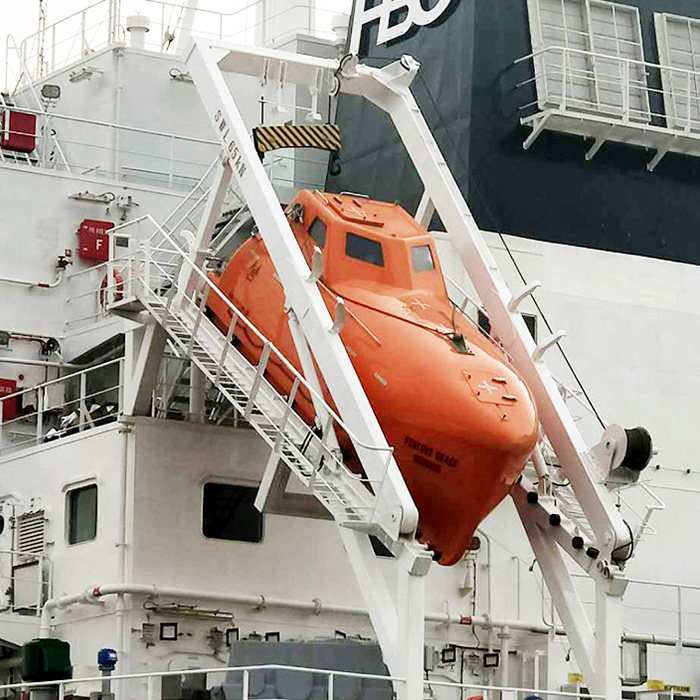Communication systems for lifeboats are crucial for ensuring safety and coordination during emergencies at sea. These systems allow lifeboats to communicate with the ship from which they are launched, nearby rescue vessels, and coastal authorities to facilitate timely search and rescue operations. Here’s a detailed look at key components and modern innovations in lifeboat communication systems.

1. VHF Radio Systems
Purpose: VHF (Very High Frequency) radios are standard on lifeboats for two-way voice communication. They operate on frequencies designated for maritime use, enabling clear communication with the mother ship and other nearby vessels.
Features: Waterproof, shock-resistant designs and integration with built-in GPS for distress location transmission.
Recent Advances: Enhanced VHF systems now include digital selective calling (DSC) to send distress signals with precise location data.
2. Satellite Communication Systems
Functionality: Satellite phones and transceivers provide global coverage, allowing communication beyond the VHF range, especially critical in remote or open-sea scenarios.
Technology: These systems often utilize networks like Inmarsat or Iridium for reliable connectivity.
Innovations: Compact and energy-efficient satellite communication devices tailored for lifeboat installations have been developed, improving accessibility and usage during emergency conditions.
3. EPIRBs (Emergency Position Indicating Radio Beacons)
Role: EPIRBs automatically transmit a distress signal when activated, typically when a lifeboat is launched into the water or manually triggered by the crew.
Improvements: Modern EPIRBs are equipped with GPS capabilities that can provide an accurate location to search and rescue teams within a short timeframe.
Battery Life: Newer models feature extended battery life, ensuring signal transmission for longer periods.

4. AIS (Automatic Identification System) Transponders
Description: AIS transponders help lifeboats broadcast their position, course, and speed to nearby ships and coastal stations.
Usefulness: This enhances situational awareness for rescuers and aids in collision avoidance.
Technology Trends: Recent AIS systems come with integrated displays and the ability to share more detailed vessel information, improving communication clarity during emergency operations.
5. Handheld GPS and Locator Devices
Purpose: Portable GPS units provide real-time location tracking, essential for coordinating with rescuers.
Hybrid Devices: Some devices combine GPS functionality with shortwave communication, enabling updates to be sent to rescue operations while maintaining the lifeboat's position tracking.
6. Visual and Auditory Signaling Equipment
Examples: Flares, signal mirrors, and whistle devices are traditional but reliable methods for visual and auditory signaling.
Modern Enhancements: LED-based electronic distress lights have become more common, offering greater visibility and longer operational life compared to conventional pyrotechnic flares.
7. Integrated Communication and Monitoring Systems
Full Integration: Advanced lifeboats now come with fully integrated systems that combine GPS, AIS, VHF, and satellite communication into a single unit for easier operation.
Benefits: Streamlined interfaces ensure that even in high-stress situations, communication can be initiated quickly and efficiently.
Resilience: Systems are designed to be waterproof, impact-resistant, and able to operate in extreme temperatures.
8. Digital Solutions and Automation
Smart Systems: Some lifeboats are being equipped with digital monitoring solutions that automatically notify rescuers of the lifeboat’s status and position once deployed.
App-Based Integration: Mobile apps connected to onboard systems provide a secondary way to communicate and send updates if primary systems fail.
Emerging Trends and Future Developments
AI and Predictive Capabilities: Some prototypes and newer systems explore using AI to predict potential communication needs and optimize signal transmission based on environmental conditions.
Improved Power Sources: Solar panels and rechargeable batteries provide sustainable power options for long-term emergency readiness.

These systems collectively enhance the safety and survivability of lifeboat occupants by ensuring consistent and clear communication, essential for coordinating swift rescue operations.







